Краш-тест Mazda B-Series
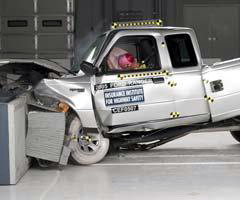
|
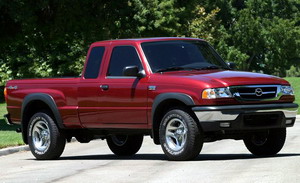
|
||||||||||||||||||||||||||||||||||||
|
Модельный год: 1999-2008 Год проведения теста: 2008 Организация, проводившая тест: IIHS (США)
Общий рейтинг:
Легенда: (уровень безопасности) |
Mazda B-Series (2008) Результаты действительны и для: Ford Ranger
Вес: 1433 кг.
Комплектация: |
||||||||||||||||||||||||||||||||||||
|
ЛОБОВОЙ УДАР СО СМЕЩЕНИЕМ
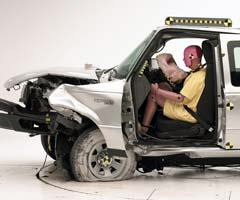 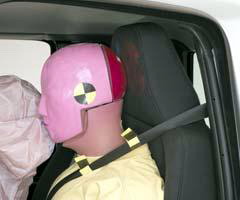 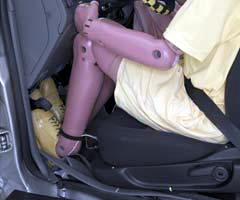
БОКОВОЙ УДАР
 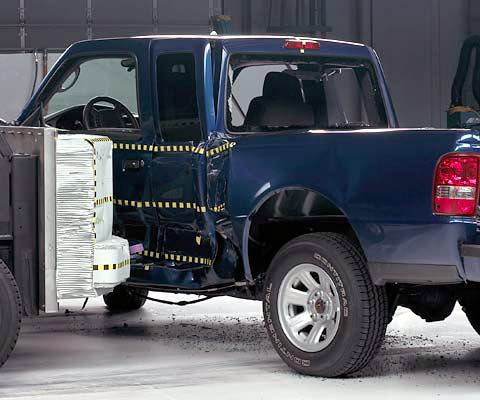 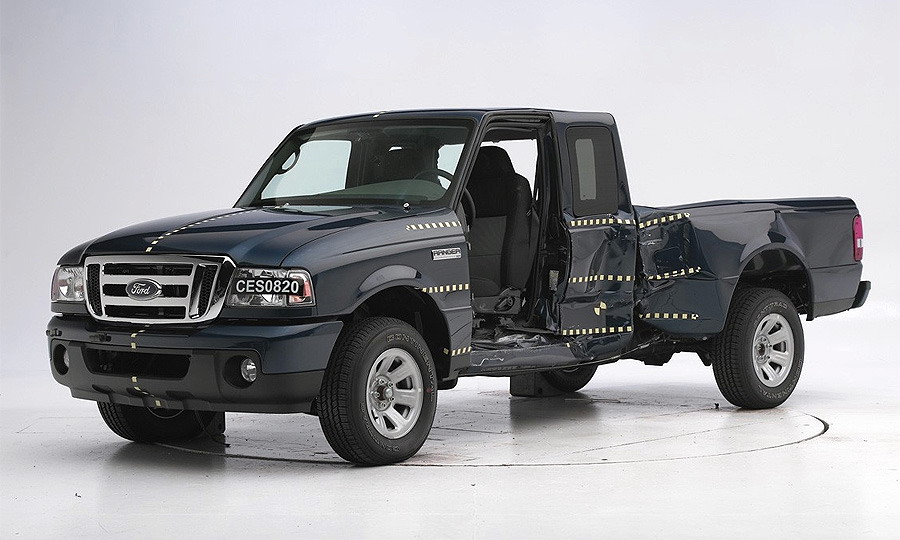 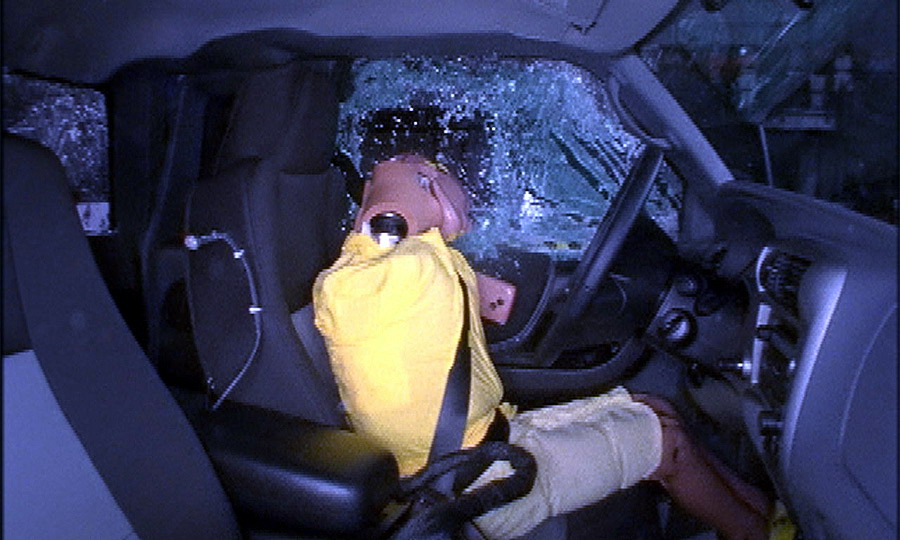 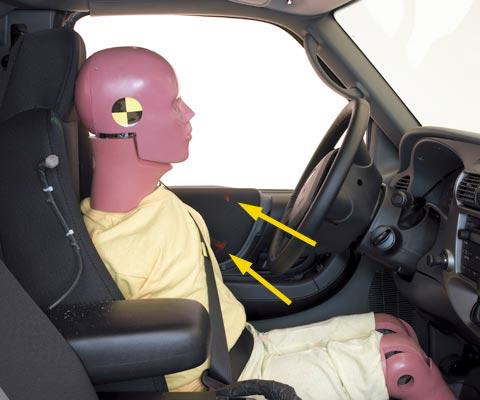
|
ЛОБОВОЙ УДАР СО СМЕЩЕНИЕМ
The Ford Ranger and Mazda B Series were redesigned for the 1998 model year. Extended cab models with four doors were introduced in the 1999 model year, and this version was used in the side impact test. NOTE: the ratings are based only on the driver and the side-facing rear jump seats weren’t tested because they are not recommended for safe transport. Restraints/dummy kinematics Dummy movement was reasonably well controlled. After the dummy moved forward into the airbag, it rebounded into the seat without its head coming close to any stiff structure that could cause injury. However, there was too much forward tipping of the driver seat and too much upward movement of the steering wheel. Injury measures Measures taken from the head, neck, and chest indicate low risk of injuries to these body regions in a crash of this severity. Forces on both tibias indicate that lower leg injuries would be possible.
БОКОВОЙ УДАР
Injury measures
Driver - Measures taken from the dummy indicate that rib fractures and/or internal organ injuries would be likely in a crash of this severity. Serious neck injuries and a
fracture of the pelvis would also be possible. Head protection
Driver - Although the intruding barrier did not hit the dummy's head in this test, the head was not protected from contacts outside the vehicle. This indicates that only
slightly different crash circumstances could produce a direct hit to a person's head. |
||||||||||||||||||||||||||||||||||||

 =Хороший
=Хороший =Посредственный
=Посредственный =Слабый
=Слабый